duvet covers
karezz
16 years ago
Related Stories
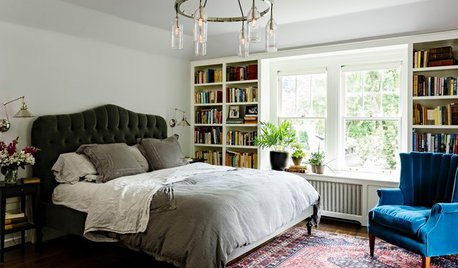
BEDROOMSCoverlet, Duvet, Quilt, Comforter: What's the Difference?
Learn the basics of great bedding options and how to use them for great comfort and style
Full Story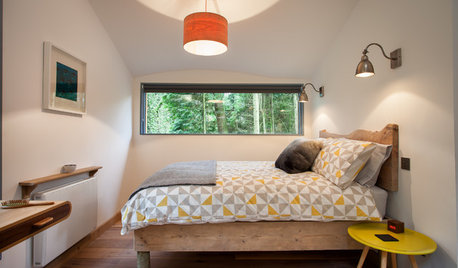
BEDROOMS10 Reasons to Update Your Bedding
Are you stuck in a duvet cover rut? Freshen up your linens and transform your bedroom in the process
Full Story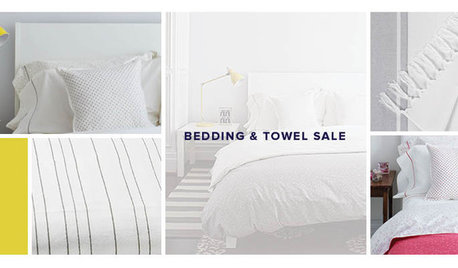
SHOP HOUZZShop Houzz: January Towel and Bedding Sale
Stock up on sheets, towels, duvet covers and quilts
Full Story0
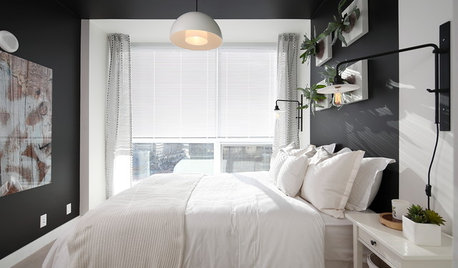
SHOP HOUZZShop Houzz: Up to 75% Off Summer Bedding
Colorful pillows, lightweight throws and fresh duvet covers on sale
Full Story0
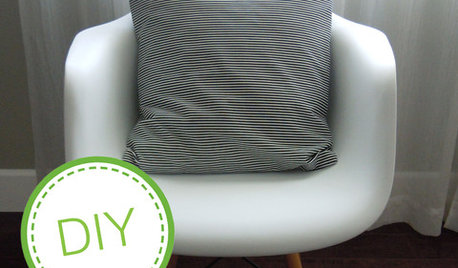
DIY PROJECTSRevive Your Space With a Homemade Pillow Cover
Give your bed or sofa a new look with a little fabric and some simple sewing skills
Full Story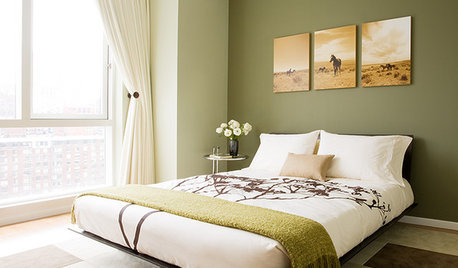
BEDROOMSBedding Trends: Tailored and Tucked In
So long, fluffy duvet — tailored prints and texture wrap the mattress now
Full Story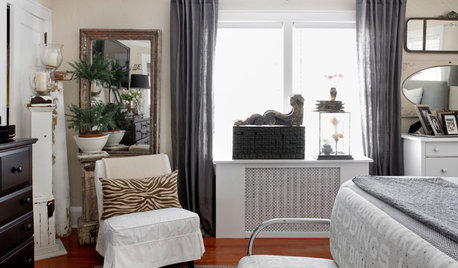
WINDOW TREATMENTSHow to Cover Windows Above a Radiator
Explore the window treatments — and window treatment combinations — that can work in this space
Full Story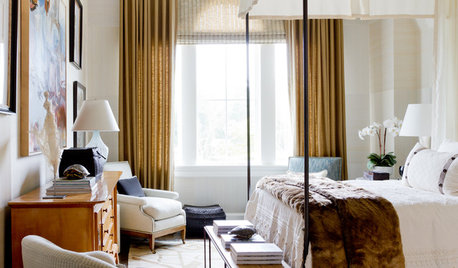
BEDROOMS14 Steps to a Perfectly Polished Bedroom
Go from procrastination to gorgeous presentation with our bedroom decorating guide that covers all the details
Full Story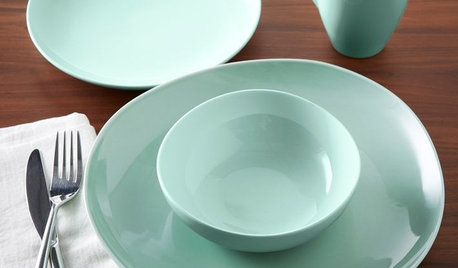
PRODUCT PICKSGuest Picks: Minty Goodness for Every Room
Bring spring-fresh flavor to your home with pale green furniture, storage, accessories and wall coverings
Full Story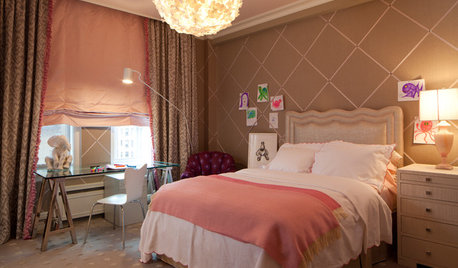
DECORATING GUIDES13 Low-Commitment Ways to Play With Pattern
Go as lively as you want. Easily changed patterns mean how long the look stays is up to you
Full Story







clancey4
lkremodel
Related Discussions
How do you get your duvet cover to stay in place?
Q
Just how much overstuffing of a duvet cover can I get away with?
Q
My Review of Cozy Earth vs. Carihola Bamboo DUVET Covers
Q
Updating duvet cover
Q
les917
coleen3201118
deltabreeze
wooderlander
deltabreeze
wooderlander
supercat_gardener
pammyfay
pammyfay
mahatmacat1
housekeeping
patricianat
mahatmacat1
housekeeping
mahatmacat1
lkremodel
naughtykitty
karezzOriginal Author
housekeeping